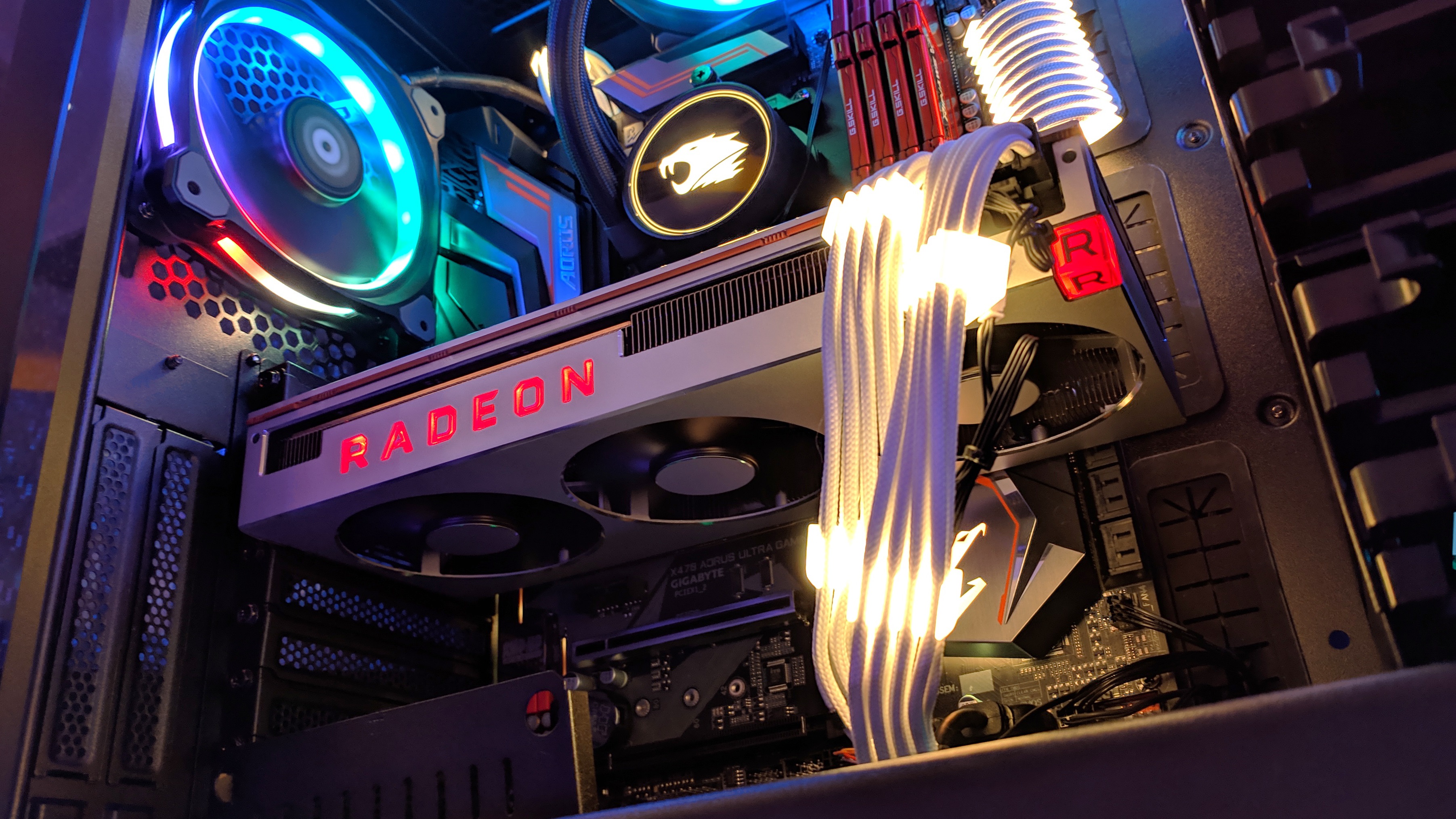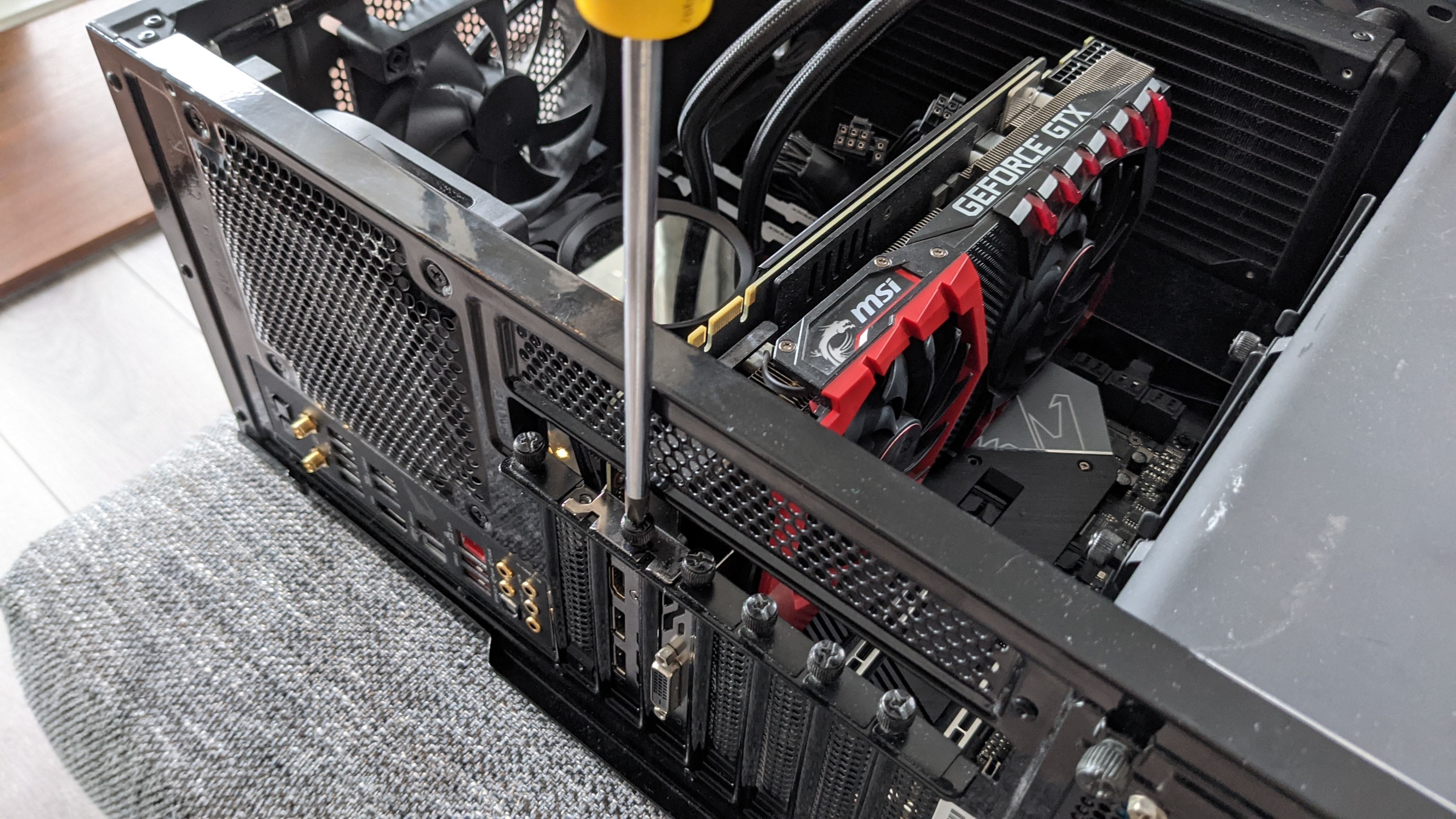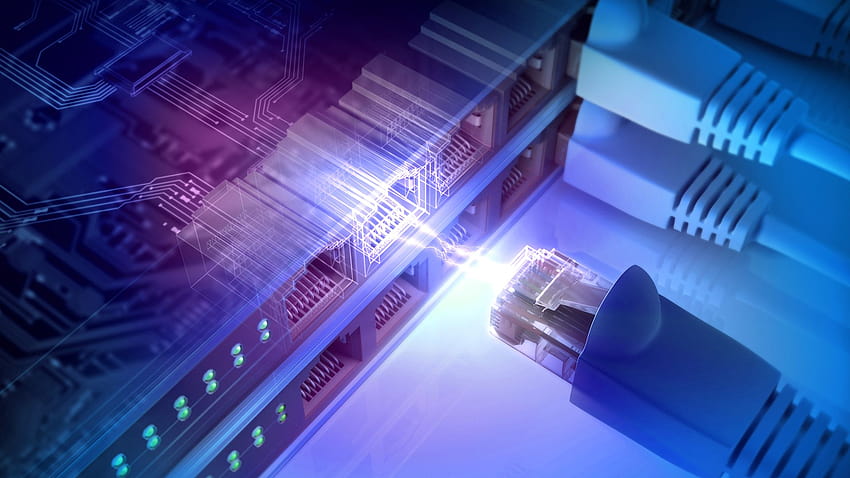If you’ve ever wondered how to take graphics card out, this blog post is for you. We’ll go over the basics of what you need to know in order to remove your graphics card, as well as some tips to make the process go smoothly.
Taking out a graphics card can be a daunting task, but with a little know-how, it’s actually quite easy. So without further ado, let’s get started.
How to take graphics card out:
1) Unplug computer:

If you’re upgrading your graphics card, or if you’re having problems with your current card, you’ll need to know how to remove it from your computer. It’s not difficult, but there are a few things you need to know before you start.
First, make sure that your computer is unplugged from any power source. You don’t want to accidentally electrocute yourself while you’re working on your computer. Once it’s unplugged, open up the case and locate the old card. It will be attached to the motherboard with a few screws.
Remove the screws and carefully pull out the card. You may need to wiggle it a bit to get it loose, but be careful not to damage any of the other components in your computer while you’re doing this.
Once the old card is out, take a look at the connectors. There are usually two: one for power and one for data. The power connector is usually larger than the data connector.
You’ll need to disconnect both of these before you can install your new graphics card. To do this, simply unscrew or unclip them from the old card (again, being careful not to damage anything). Then you can remove the old card from your computer altogether.
2) Take case off:

1. Before you begin, make sure you have all the tools you need: a Phillips head screwdriver, a small flathead screwdriver, and an anti-static wristband.
2. Unscrew the screws that hold the graphics card in place. You may need to use both the Phillips head screwdriver and the small flathead screwdriver to loosen all the screws.
3. Carefully remove the graphics card from its slot. Avoid touching any of the circuitry on the card.
4. Attach the anti-static wristband to your arm and ground yourself by touching a metal surface before handling any sensitive electronic components.
5. If necessary, unscrew any additional screws that hold down memory modules or other expansion cards (sound card, etc.). Gently remove these expansion cards from their slots as well.
6. Once everything is unscrewed and unplugged, you can carefully lift out the motherboard tray and set it aside.
3) Find and remove old graphics card:

If you’re looking to upgrade your graphics card, the first step is removing your old card. Here’s a quick guide on how to do that:
1. First, shut down your PC and unplug all cables.
2. Next, open up your case and locate your old graphics card. It will be attached to either an expansion slot on the motherboard or directly to the PCI ports.
3. If it’s attached to an expansion slot, gently push down on the top of the card and it should pop out easily. If it’s attached directly to the PCI port, there may be a release latch that you need to flip before the card will come out.
4. With the old card out, simply insert your new card into the same spot and secure it in place (if necessary).
5. Close up your case and reconnect all cables. Then boot up your PC and install any drivers that may be necessary for your new card.
4) Insert new graphics card:

Assuming you want to know how to physically install a new graphics card, the process is quite simple. You will need to open up your computer case and locate the old card. Once you have found it, unplug any power cables or connectors that are attached to it. Then, using a screwdriver, remove any screws that are holding the card in place. At this point, you should be able to gently pull the old card out of the slot.
Now take your new card and insert it into the same slot. Secure it with the screws you removed earlier, then reconnect any power cables or other connectors. Finally, close up your computer case and boot up your system. Your new graphics card should now be working!
5) Connect power cables to new graphics card:

1. Unplug all power cables from your computer’s current graphics card.
2. Find the new graphics card you want to install and remove it from its packaging.
3. Find the power connectors on the new graphics card and plug them into the appropriate slots on the back of the card. You may need to use a screwdriver or other tool to secure the cables in place.
4. Once all power cables are plugged in, re-attach any external case panels or covers that were removed earlier.
6) Screw new graphics card into place:

To remove your old graphics card, first, unplug any power connectors from the card. Next, unplug any cables connected to the card, including any DisplayPort or HDMI cables. You should now be able to remove the screws holding the graphics card in place.
Once you have removed the screws, gently pull on the old graphics card to release it from the PCI-E slot. You may need to wiggle it a bit to get it free. Now you can remove the old graphics card and replace it with your new one.
Screwing in your new graphics card is a simple process. Just line up the screw holes on the back of the card with those on the PCI-E slot, and screw it in place. Be sure not to overtighten, as this can damage both your graphics card and your motherboard. Once everything is screwed in tight, reattach any power connectors and cables, and boot up your PC.
7) Put case back on:

If you need to remove your graphics card for any reason, follow these steps to put it back in. First, unplug all cables from the card. If your card has a power connector, unplug that as well. Next, unscrew the screws holding the card in place. You may need to remove other components in order to access the screws, such as your CPU cooler or optical drive. Once the screws are removed, gently pull the card out of its slot.
To put the card back in, reverse the process. First, line up the card with its slot and gently insert it. Make sure not to force it; if it doesn’t go in easily, check to see if anything is blocking it or if you’re inserting it correctly. Once the card is seated, screw it in place and plug in all cables. If your graphics card requires a power connector, plug that in as well.
8) Plug computer back in:

If you’re comfortable working inside your computer, you can install a new graphics card. Just be sure to unplug your power supply and discharge any static electricity from your body before touching any of your computer’s components. You should also take anti-static precautions by grounding yourself with an anti-static wrist strap.
Assuming you’ve already downloaded the drivers for your new graphics card, the next thing you need to do is uninstall your old drivers. This is important because if you don’t uninstall the old drivers first, they’ll just create conflicts with the new drivers. To uninstall them in Windows 10, go to Start > Settings > System > Apps & Features. Find the entry for your old graphics driver and click Uninstall. Once that’s done, reboot your PC.
Now it’s time to install your new graphics card. Just remove the screw(s) holding down your old card, pull it out of its slot, and insert the new card in its place. Make sure it goes all the way in until you feel it click into place. Secure the card using either screws or plastic clasps, then reattach any cables that were connected to your old card (PCI Express power connector, display output connections).
Finally, plug in your power supply and boot up your PC. Once it’s up and running again, open up the GeForce Experience app and run through the initial setup process—this will ensure that all of NVIDIA’s latest drivers are installed and properly


